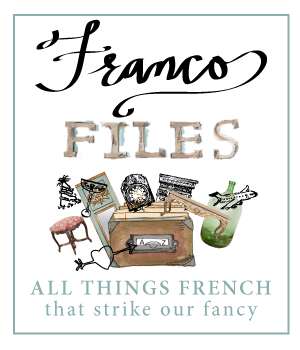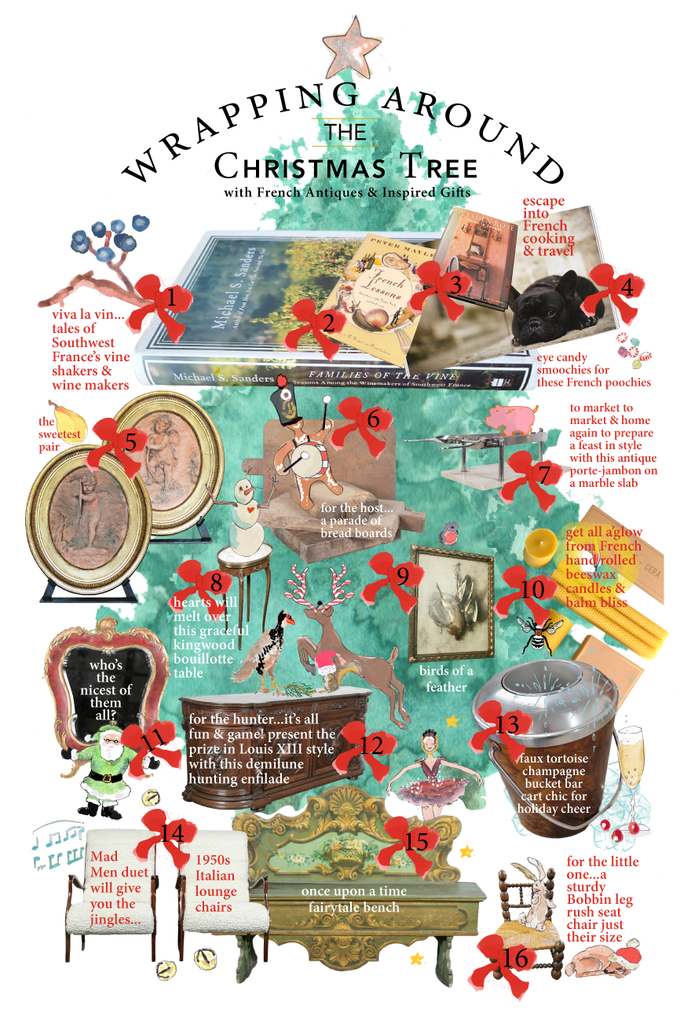
Let Them Eat Cake: Charms, Crowns, and the King Cake Ritual
A Royal Slice of French Tradition
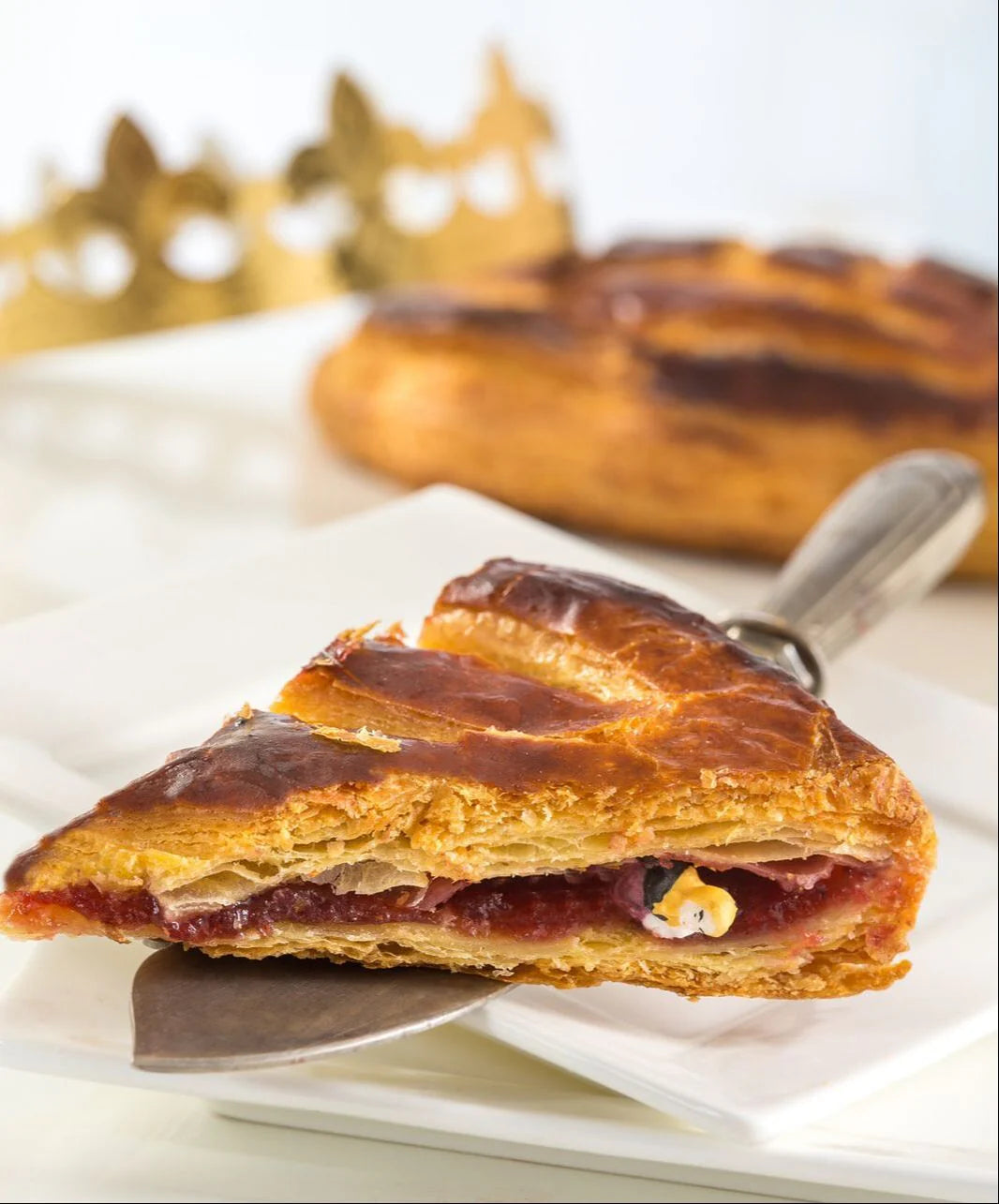
A golden crown, a hidden treasure, and plenty of flaky pastry magic…
A Royal Revival by Napoleon

Galette or Gâteau: A Tale of Two Cakes
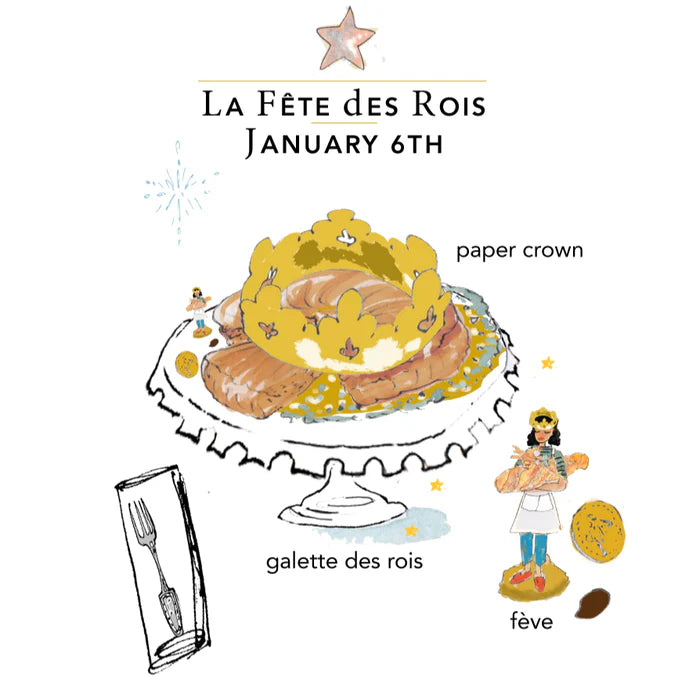
Let the feast begin! A crown, a charm, and a golden galette — the royal staples of La Fête des Rois.
The Magic of la Fève
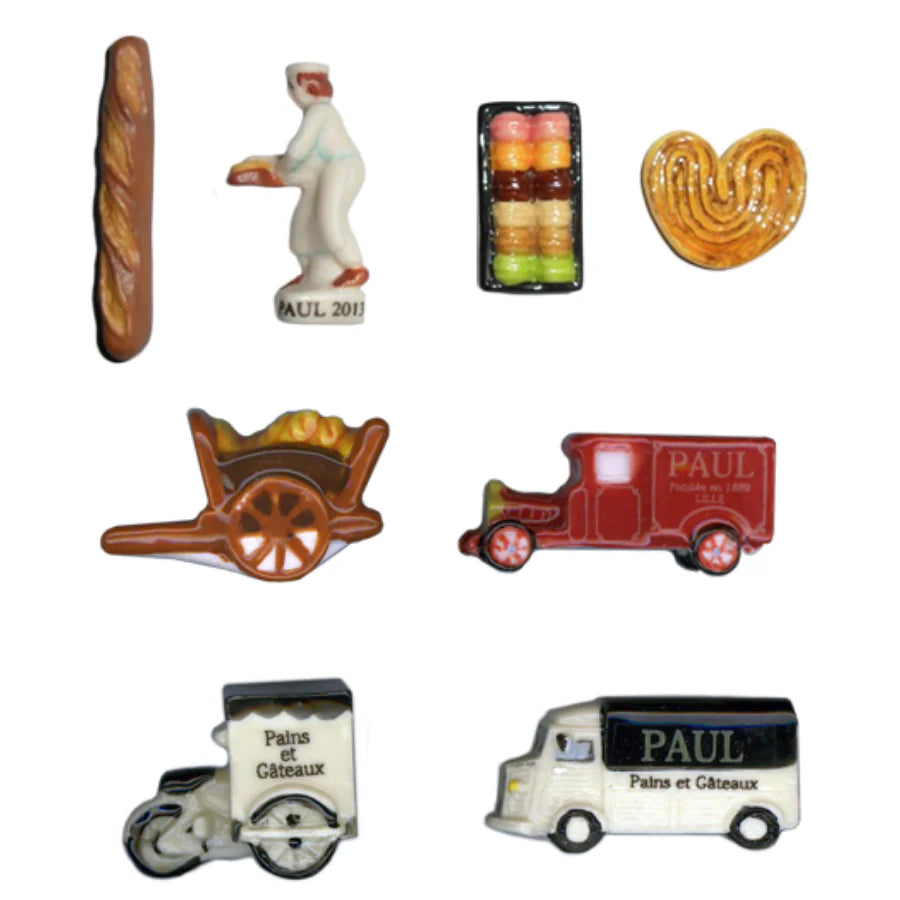
From crusty baguettes to pastel macarons, these vintage Maison Paul fèves prove that even the tiniest treasures can be très délicieux.
Tradition (with a Royal Ritual)
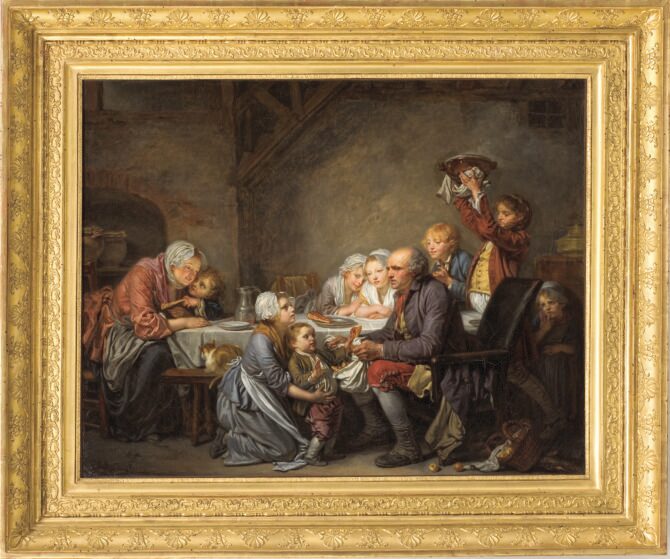
In Jean-Baptiste Greuze’s Epiphany (1774), the moment of truth arrives — the youngest calls the names, the cake is cut, and a new king is crowned.
Whose Turn to Wear the Crown?
À Bientôt!


Browse the Full Series
See all Word of the Week posts →
See all Word of the Week posts →

Browse the Full Series
See all Double Vision posts →
See all Double Vision posts →






